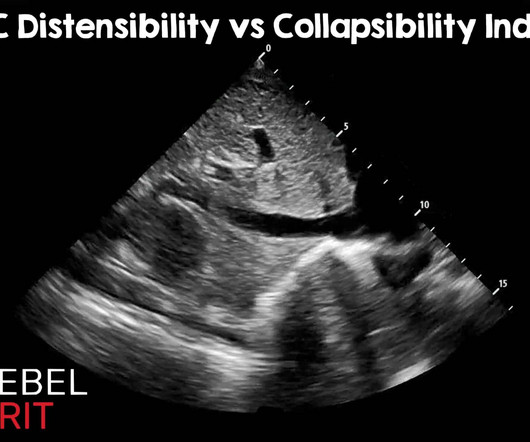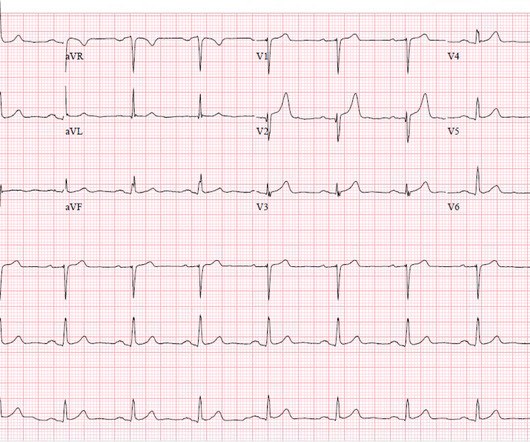EM@3AM: Stercoral Colitis
EMDocs
JANUARY 11, 2025
A 75-year-old woman who is bedridden after a stroke presents to the ED from a nursing facility with abdominal pain and constipation. Stercoral colitis in the emergency department: a review of the literature. International journal of emergency medicine, 17(1), 3. Annals of emergency medicine, 82(1), 3746.































Let's personalize your content